Physical Address
304 North Cardinal St.
Dorchester Center, MA 02124
Physical Address
304 North Cardinal St.
Dorchester Center, MA 02124
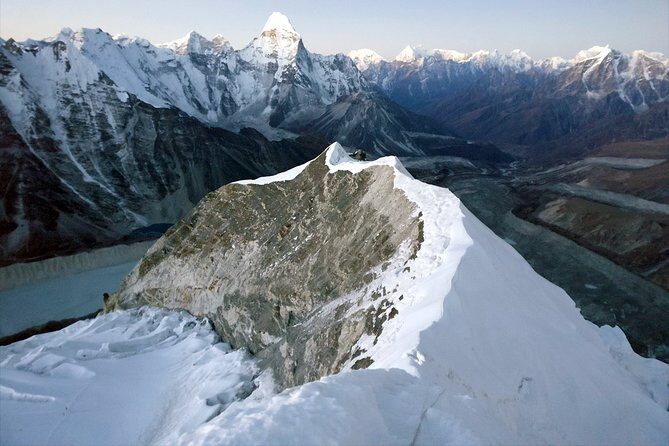
Experience the thrill of climbing Island Peak in Nepal with this 15-day guided adventure. Stunning views, expert guides, and authentic Sherpa culture await.
Climbing Island Peak promises an adventure packed with breathtaking views, a challenge that pushes your limits, and an immersive experience into Himalayan culture. This 15-day tour, organized by the Alpine Club of Himalaya, offers a balanced mix of trekking, climbing, and cultural exploration—perfect for those with good physical shape and some mountaineering background. For the more adventurous, this trip provides a chance to summit at 6,189 meters without the need for extensive prior acclimatization, thanks to its well-structured itinerary.
What stands out most is the expert guidance from experienced Sherpa guides, the spectacular vistas of Everest, Ama Dablam, and Lhotse, and the inclusion of essential mountaineering training. That said, the climb is quite aggressive, with minimal acclimatization days, meaning it’s best suited for those comfortable with physical exertion and prior mountaineering experience. If you’re looking for a once-in-a-lifetime challenge in a relatively short timeframe, this tour hits the sweet spot, especially considering its comprehensive package that covers logistics, permits, and equipment.
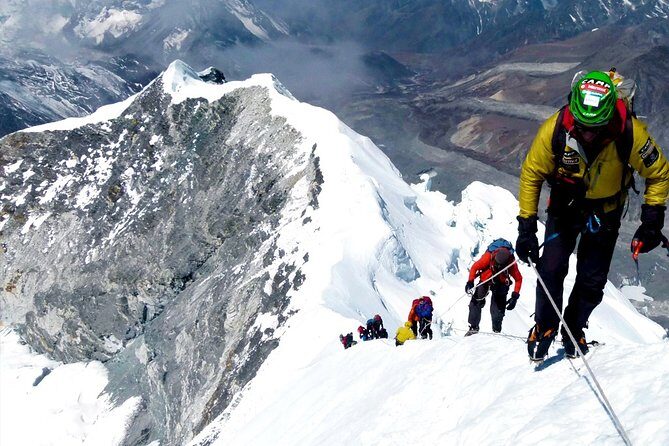
This tour is designed to combine a trek in the Everest region with a climb of Island Peak, one of the most popular yet technically manageable Himalayan climbing peaks. Sitting at 6,189 meters, Island Peak offers spectacular views of Ama Dablam and the south face of Lhotse, which are among the most photogenic and iconic in the Everest area.
Unlike longer, more acclimatization-heavy expeditions, this trip offers an aggressive itinerary that condenses the experience into 15 days. It’s tailored for fit and experienced trekkers who already have some mountaineering skills. The main draw is the chance to reach a Himalayan summit in a short time, with logistical support that streamlines the often complex preparations for high-altitude climbs.
Looking for more options in Kathmandu? Here are some other experiences worth considering.
You’re welcomed into Kathmandu, a bustling city blending ancient temples with lively markets. The first day involves hotel check-in, giving ample time to relax or explore. The second day offers a choice: a climbing course at Balaju, where you learn to use ropes, harnesses, crampons, and ice axes—great for building confidence—and ensures safety on the mountain. Alternatively, you can opt for sightseeing in Kathmandu Valley, which is perfect if you prefer culture over training.
Insight from reviews: Travelers appreciated the climbing course, noting that it “set us up well for the technical parts of the climb,” and loved having the chance to practice with equipment in a safe environment.
The flight from Kathmandu to Lukla is an adventure in itself, with some describing it as one of the most scenic and thrilling airport landings. From Lukla, the trek begins through Sherpa villages and monasteries, leading you to Phakding and then Namche Bazaar. Expect breathtaking scenery with views of peaks like Thamserku and Kusum Kanguru, plus the chance to observe Sherpa culture firsthand.
Authentic experiences: Walking past traditional monasteries and shrines like Drangdrak Gompa allows you to connect with local spiritual life. Reviewers say, “The Sherpa villages felt like stepping back in time, with friendly faces everywhere.”
The trek to Tengboche, home of a grand monastery, is a highlight. The trail passes through forests of rhododendrons and conifers, with chances to see Himalayan wildlife like monal pheasants and musk deer. From Tengboche, you’ll descend to the Imja Khola river, eventually reaching Pangboche, the oldest Sherpa settlement, and the famous Tengboche Monastery, which is a spiritual hub.
Reviewer insight: Many mention that “the views of Everest and Ama Dablam from Tengboche are unforgettable,” emphasizing how these moments make the journey more than just a trek.
From Chhukung, the small settlement surrounded by glaciers, you make final preparations for the climb. The route from here is marked by rugged terrain, glacier crossings, and moraine-lined paths leading to Island Peak Base Camp.
Climber’s tip: The trek from Chhukung to base camp is demanding, with steep ascents and loose terrain. Expect to encounter some snow and ice, even before the climb begins. The reviews note that “the terrain gets tougher, but the views make it worth every step.”
The ascent from base camp involves setting up camp at the High Camp on the Southwest Ridge. The climb includes traversing rocky gullies, icy slopes, and a narrow ridgeline. The real highlight is the summit push, which involves a route through a steep snow slope with fixed ropes, culminating in a sharp ridge that leads to the peak.
Authentic feedback: “The guides were incredibly experienced, keeping us safe through crevassed glaciers and tricky snow slopes. The summit was awe-inspiring, with Everest just a few kilometers away,” says a recent participant.
After summiting, you’ll descend back to Chhukung, then continue your trek down through the Sherpa villages, passing mani stones and monasteries. The walk back is scenic and peaceful, a chance to reflect on your achievement.
The return trek retraces your steps along the Dudh Kosi, passing familiar landmarks like Tengboche and Namche. The journey concludes in Lukla, where you’ll take a flight back to Kathmandu. Many reviewers mention that this part feels like a victory lap, with a sense of accomplishment and stunning views.
Reviewers say: “It’s bittersweet leaving the mountains, but the trek down felt like celebrating our achievement,” and many express gratitude for the reliable logistics that made this part smooth.
Your final day in Kathmandu is free for shopping, relaxing, or sharing photos. The tour wraps up with a farewell dinner, giving everyone a chance to relive the highlights and exchange contact info.
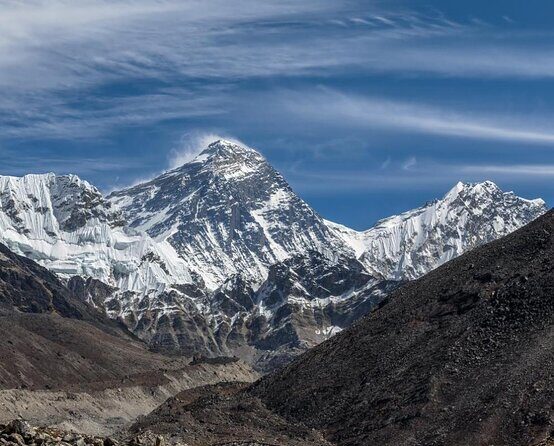
The tour handles all ground transportation—private vehicles for transfers, domestic flights, and camping logistics. The flight from Kathmandu to Lukla is often praised for its scenic views, though some might find it a bit turbulent. The tour provides good quality tents and all necessary mountaineering equipment, reducing your prep work.
In Kathmandu, you stay in a comfortable 3-star hotel with breakfast included, which helps recover from jet lag. During the trek, accommodations are in teahouses—simple, cozy lodges that serve hearty meals. The meals during the trek are generally considered tasty and filling, with many reviews mentioning the quality of food as a highlight, especially after a tough day.
You’ll be guided by trained, English-speaking Sherpa guides, with assistant guides for safety. Many reviews highlight the guides’ knowledge, patience, and ability to keep the group motivated during challenging sections. The guides also assist with setting up camp, fixing ropes, and offering mountaineering tips.
Note: Porters carry most of your gear, allowing you to focus on the climb and trek. The inclusion of a down jacket (to be returned after the trip) is a thoughtful touch.

At $2,499 per person, this tour offers excellent value considering all included elements: permits, equipment, flights, guides, accommodations, and meals. The logistics of climbing a Himalayan peak are costly, and this package simplifies the entire process. When you compare the cost to the cost of organizing your own expedition—permits, gear, guides, accommodations—the package saves both money and stress.
Review insight: Travelers mention that “the included permits and gear made this trip accessible and less intimidating,” emphasizing the value of comprehensive support.
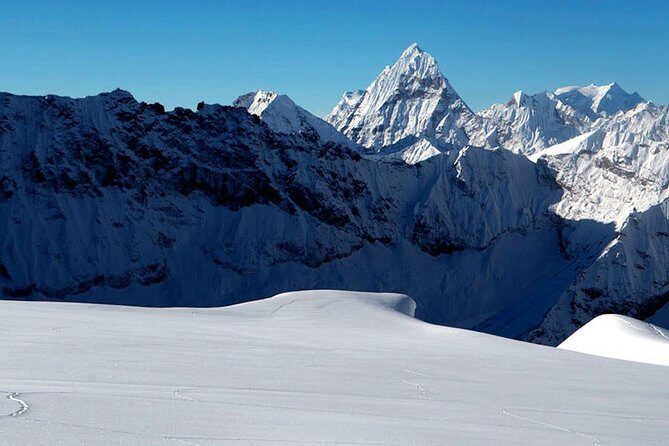
This experience is ideal for experienced trekkers and mountaineers looking for a manageable but rewarding challenge. You need to be physically fit and comfortable with mountain environments. It’s not designed for absolute beginners or those afraid of heights, given the technical sections and altitude. However, if you’re eager to experience a Himalayan peak summit in a relatively short period, this trip combines adventure, comfort, and culture very well.
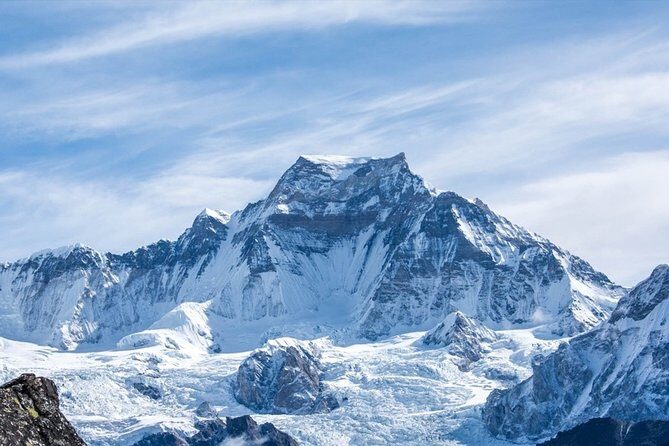
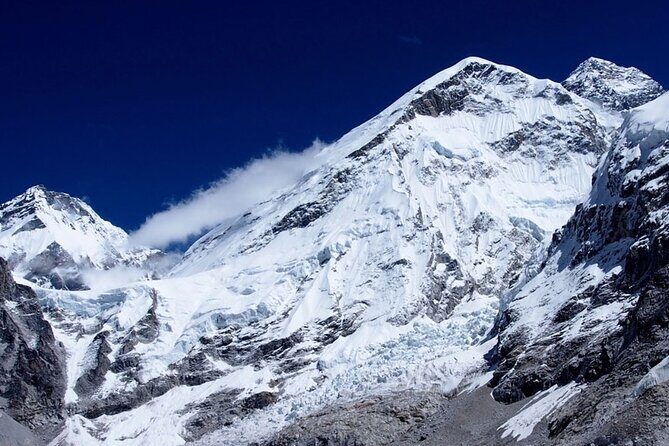
This Island Peak Short Climb tour represents a fantastic option for those wanting to combine trekking and high-altitude climbing in a relatively short time frame. The well-organized logistics, expert guides, and stunning Himalayan vistas make it a worthwhile adventure, especially considering the fair price point.
While the schedule is intense and suited for experienced outdoor enthusiasts, the sense of achievement and the views you’ll witness are unmatched. Whether you’re a seasoned trekker looking for a new challenge or a climber eager to add a Himalayan summit to your list, this tour delivers on adventure, safety, and unforgettable scenery.
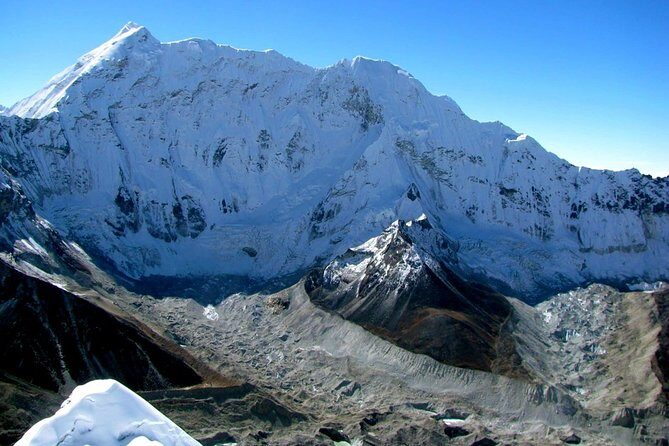
Is prior mountaineering experience required?
Yes, the trip is designed for those with good physical fitness and some mountaineering experience, as the itinerary is aggressive and involves technical sections.
What is included in the tour price?
The tour covers permits, guides, all meals during the trek and climb, accommodations in Kathmandu and teahouses, domestic flights, climbing gear, tents, and support staff.
Can I extend my stay in Kathmandu?
Yes, the tour ends with a leisure day in Kathmandu, perfect for shopping or sightseeing. Additional nights can be arranged if needed.
What kind of accommodation can I expect?
In Kathmandu, you stay in a 3-star hotel, while during the trek, accommodations are in teahouses and tents during the climbing phase.
Are porters included?
Yes, porters carry most of your gear, with a ratio of 1 porter for every 2 trekkers. They help lighten your load significantly.
What happens if the weather prevents the summit?
While weather can impact the summit attempt, the trip includes safety measures and experienced guides to make the most of your experience. If the weather is unsafe, the guides will prioritize safety and reschedule or adjust plans.
To sum it up, this tour offers a well-rounded Himalayan adventure that balances technical challenge with cultural richness and logistical ease. It’s best suited for those who are physically prepared, eager for a high-altitude climb, and looking for an authentic yet manageable Himalayan experience.